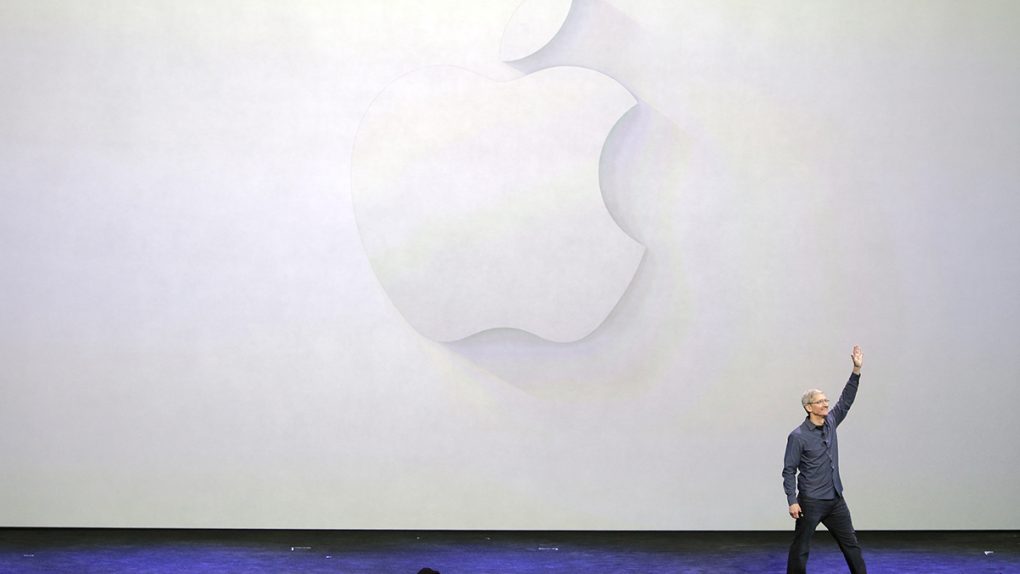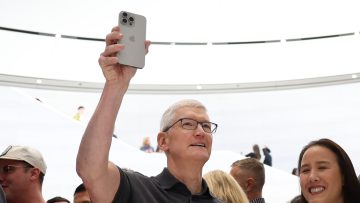Apple announced the iPhone X in a blockbuster presentation last week. But we’re still left with some uncharacteristically big questions for Apple about its new device, and most of them center around shipping. We know that the phone is going on sale in early November, but we don’t know if pre-orders will be a trickle or a flood, or whether it’ll be sold out in stores within hours of opening.
The Wall Street Journal‘s Christopher Mims has a new look at Apple’s supply problems, and the difficulty of manufacturing a new device these days. Among the usual list of problems he highlights — supply shortages, short timelines, design challenges — there’s an interesting rationale for the delay: pre-orders.
Mims spoke to Asokan Ashok, a former Samsung employee who helped take products from R&D to a consumer device. “He says the pre-order mechanism, where customers signal their intent to buy a product before it starts shipping, provides early data that is essential to predicting demand for a gadget and distribution of demand across its various configurations—both notoriously difficult to forecast,” Mims writes.
With the iPhone X, Apple is going into uncharted territory. The hardware changes made to the iPhone X would normally signal an overwhelming demand for the phone, but that “super-cycle” of upgrades could be tempered by the $999 price and the launch of the iPhone 8 and iPhone 8 Plus. Using a staggered launch and a longer pre-order window will give Apple valuable data about how the iPhone X will likely perform, which in turn can feed its manufacturing decisions.
It’s easy for consumers to cry about a lack of devices and blame Apple for “not seeing it coming.” But as Mims’ piece demonstrates, demand forecasting is a tricky business with massive financial implications, and getting it right is harder than it looks. Just ask Nintendo.










